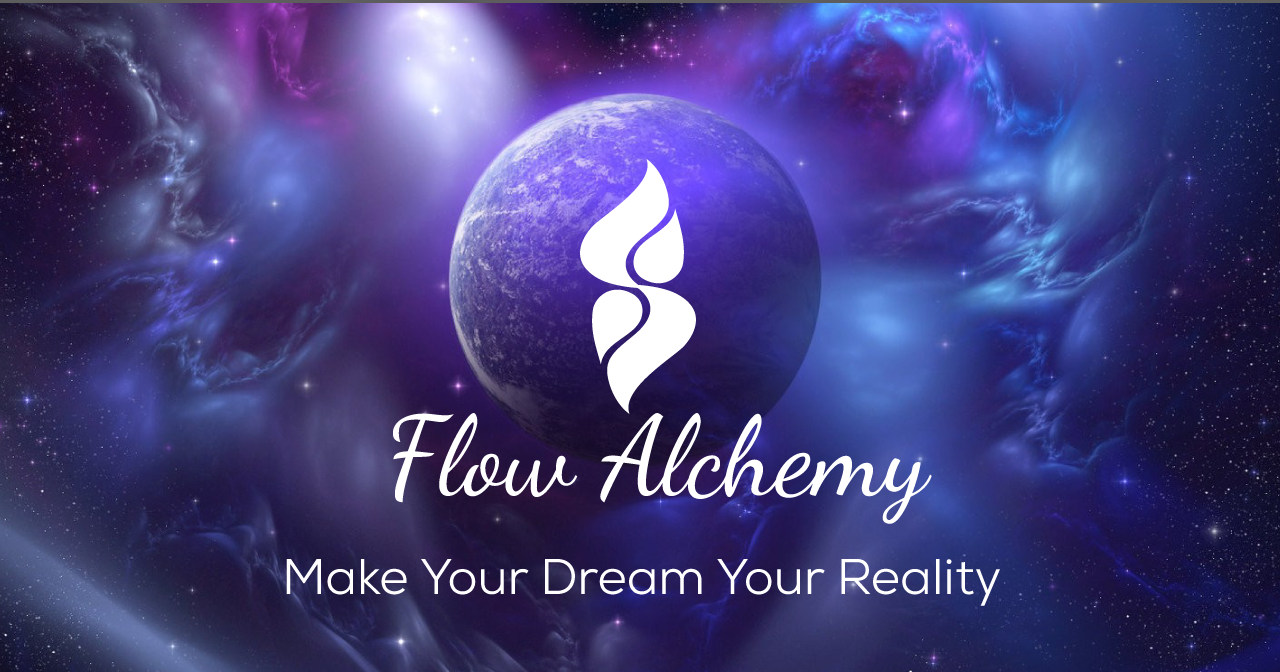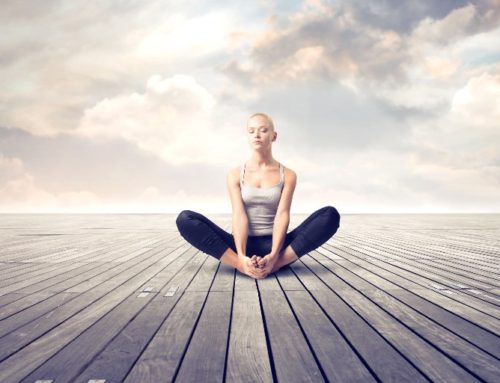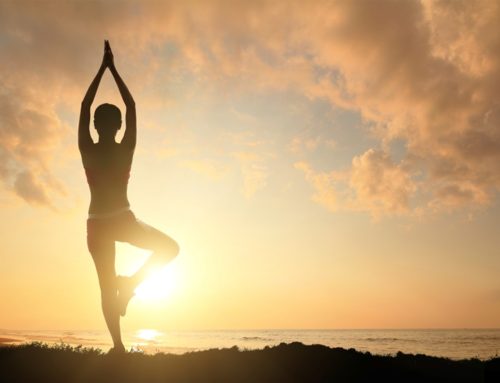Defining Mindfulness
If you’ve ever wondered exactly what mindfulness is, you’ve come to the right place.
First, let me start with a basic dictionary definition.
Mindfulness is defined by Webster’s dictionary as: bearing in mind, aware, inclined to be aware
and by the Oxford English dictionary as: a state or quality of being mindful, attention and also intention, purpose
It is the underlying theme of all the areas that I practice and coach clients on for self-improvement and healing. It is how I approach my own life.
What Mindfulness Is to Me
To go one step further I’ll explain what mindfulness means to me personally. For me, it is simply being aware in the present moment. It sounds very simple and basic, but this really applies to so many things! When you practice mindfulness in your daily life, you are completely in touch with what is happening in the present. Because time is relative, you may find that the true experience of mindfulness is not just a sense of the present moment, but a sense of no time or all time. It is a state of being connected to a deeper truth where no illusion is present.
You may think that being fully present and having no illusions about reality would be a harsh place to be. So many of us are afraid to “face the truth” or believe the truth is ugly, and so we choose to live in denial. One level of being fully present and free of illusion is the ability to see even the ugly things we don’t want to see.
But going deeper than that is a truth that is often so much better than where most of us normally live. Imagine being able to accept something that you don’t like in the moment. Once you can accept it, you can move a step further into clarity and remember that this truth may exist in the moment, but what makes it feel bad is the illusion. It could be the illusion that things will always be this way, or that you have lost something. Sometimes the illusion is, “I can’t do that”, or “I will never have that.” The truth is that we are all fundamentally connected to everything and each other. While the reality of the moment may indeed be harsh, remembering this truth about reality can be very uplifting and it’s also true. Being aware of this all the time is a part of the practice of mindfulness.
Part of mindfulness is having true understanding about what you do have control over and what you don’t. Often, freedom from denial is expansion into bliss and possibility, rather than harshness and disappointment.
Mindfulness, Buddhism, and Psychology
Mindfulness is a big part of the Buddhist tradition, but you don’ have to be a Buddhist to master mindfulness or make it a part of your life. In fact, mindfulness is a big part of modern psychology and is used to treat anxiety and other diagnoses very successfully. In therapy (as in life for anyone), it becomes important to be aware of the body, sensations, thoughts, and feelings. You can learn to develop an “impartial observer” who takes in all elements of an experience within yourself. You can learn to cultivate compassion for your feelings or catch yourself when your mind is travelling down a negative path in response to an old, useless meme.
Mindfulness was criticized by one Zen Buddhist teacher named Muho Noelke, the abbot of Antaiji, who felt the preoccupation with “I” and the “observer” creates a separation within the self, taking the focus away from being fully in the moment. I want to be absolutely clear that my definition of mindfulness, is more about a decision to be in the moment. The impartial observer can be useful, but when I speak of mindfulness as a whole, I am speaking of making a decision to watch your thoughts pass, to feel your feelings in the moment, to fully experience everything, to be. I am not speaking of over-intellectualizing and taking note of every detail. Mindfulness can be thought of as the practice of catching yourself when you are not being, and then making the conscious decision to bring yourself back to the present moment.
How I Use Mindfulness in My Own Life
I bring mindfulness to love and relationships, to increase awareness of how to use being in the moment and feeling feelings to communicate and make relationships better. For women in particular, this is about being in touch with feminine energy. It is about letting go of our “modern working woman” self and letting ourselves be guided by our feelings. Our romantic relationships work better when we are mindful of our feminine energy and emotions.
I also bring mindfulness to pursuing life’s purpose and manifesting dreams. Part of the definition of mindfulness is intention. A big part of living a beautiful, rich, authentic life is to know exactly what you want, set an intention, and manifest it. And this works much, much better when you are practicing mindfulness and in a mindful state! You are more likely to bring about synchronicities and things will fall into place without as much struggle. I consider lucid dreaming to be a part of mindfulness too, because lucid dreaming is about being mindful and having clarity even when you sleep and dream. It is also a helpful technique for manifesting.
And finally, I bring mindfulness to soothing anxiety, depression (or negative memes), and chronic illness. In my experience, I have found that some chronic illnesses and symptoms are caused by disconnects in emotion and feelings of inner conflict. This is particularly true of any illness/symptom that is inflammation-based such as GERD, acne, or psoriasis. And also of stress-based illnesses and symptoms such as headaches, tinnitus, or heart trouble. This is not true for everyone, of course, but in many instances getting in touch with emotions and resolving inner conflict can resolve physical symptoms as well.
Mindfulness is part of the journey. It is not a place you are trying to “get to. ” Sometimes you may find yourself there, completely in the moment and everything makes sense. It is a process of noticing when you are living unconsciously or at a “base level”, and remembering to turn away from that state, if you choose. This process involves returning to the present with no judgement. It does take practice, but over time, you can learn to spend more time in a state of mindfulness and reap the many benefits that such a state brings.







Hi, Christina! It’s Andrew from 360 Minutes.
This is a great post! You’ve presented a lot of information on the importance of mindfulness in health and wellness, and given a great overall description.
Recognizing that “mindfulness” by name is very much a Buddhist concept, I would offer that Christianity also teaches a similar concept of “taking every thought captive” and following the advice to “be still and know tha I am God.” Those concepts are critical to a healthy mindset for Christians, as mindfulness is to everyone. My point being that freewheeling thought with no consideration given to experiencing, and processing experiences, is detrimental to health. In my life (and on my blog), I find that the concepts of mindfulness and serenity go hand-in-hand; without one, the other is unsustainable for long.
Take care, and enjoy life,
Andrew
Hi Andrew,
Thank you so much for stopping by and sharing your thoughts! I really love finding the Biblical quotes that involve mindfulness, so I really appreciate you sharing those–especially for Christian readers who might feel more comfortable relating to mindfulness with those references rather than the Buddhist ones. I only focused mostly on the Buddhist perspective, since the connection with Buddhism and mindfulness is greater in public awareness, but the message, like you pointed out is the same!
Hey, Christina! Thanks for the reply!
I absolutely agree with you that most people will readily identify mindfulness with Buddhism. I appreciate your comments about the Christian aspects of mindfulness. I’ve always found it a bit saddening that so many of my fellow Christians never consider that meditation has a long and storied tradition within the framework of our faith. I have several additional passages related to mindfulness running around. I’ll pull them out and send them to you.
Andrew